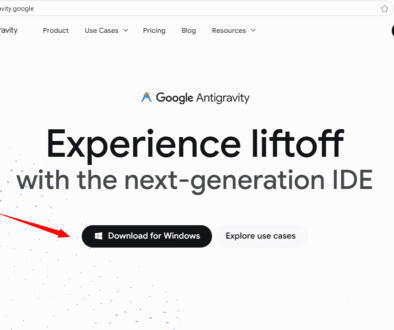Data Labeling Tools
Data Labeling Tools
In Machine Learning, raw data often needs to be annotated or labeled before it can be used to train models. This labeling process helps the algorithms understand the patterns and features in the data. Data labeling tools simplify this task by providing user-friendly interfaces and functionalities to tag data like text, images, audio, or video with appropriate labels.
What is Data Labeling?
Data labeling is the process of annotating raw data—such as images, text, audio, or video—with meaningful tags or labels. These labels guide machine learning algorithms to understand the input and learn from it. For example, in an image classification task, labels might identify whether an image contains a cat, dog, or car.
A data labeling tool provides a user-friendly interface and functionalities that allow human annotators to mark and tag data efficiently. These tools help automate and streamline the labeling workflow, support various data formats, integrate quality checks, and often include collaboration features. Some tools also use pre-trained AI models to suggest labels and accelerate the process.
Popular Data Labeling Tools
Some of the popular data labeling tools are as follows:
- Labelbox
- Prodigy
Labelbox
Labelbox is a comprehensive data labeling platform designed for scalability and collaboration. It supports a variety of data types including images, text, video, and geospatial data. The tool includes features like customizable workflows, quality assurance mechanisms, and integration with ML pipelines, making it ideal for large-scale AI projects.
More info: https://labelbox.com/
Prodi.gy
Prodi.gy is an annotation tool that combines efficient manual labeling with active learning. It is developer-centric, scriptable in Python, and works well with NLP and computer vision tasks. Prodigy is known for its speed and ability to quickly improve models through human-in-the-loop feedback.
More info: https://prodi.gy/
Advantages of Data Labeling
Some of the advantages of data labeling are as follows:
- Improves Model Accuracy: High-quality labeled data helps machine learning models learn better, resulting in more accurate predictions.
- Enables Supervised Learning: Supervised learning algorithms rely on labeled data to train models effectively.
- Enhances AI Capabilities: Labeled datasets allow AI systems to understand and interpret complex data such as images, speech, and text.
- Supports Automation: Well-labeled data helps in automating tasks like object detection, sentiment analysis, and speech recognition.
- Facilitates Error Analysis: Labeled data makes it easier to identify where a model is making mistakes and improve performance through feedback loops.
- Speeds Up Model Training: Properly labeled data reduces noise and ambiguity, accelerating the training process for AI models.
The primary purpose of a data labeling tool is to assist data scientists and machine learning engineers in annotating large volumes of data accurately and efficiently. These tools are crucial for creating high-quality training datasets that improve the performance of AI models.
